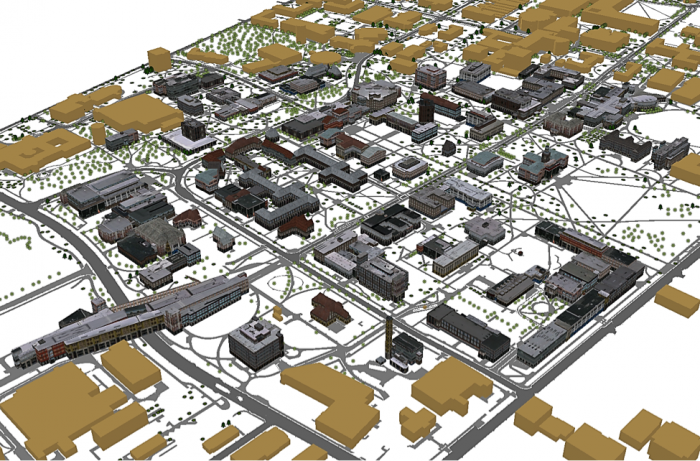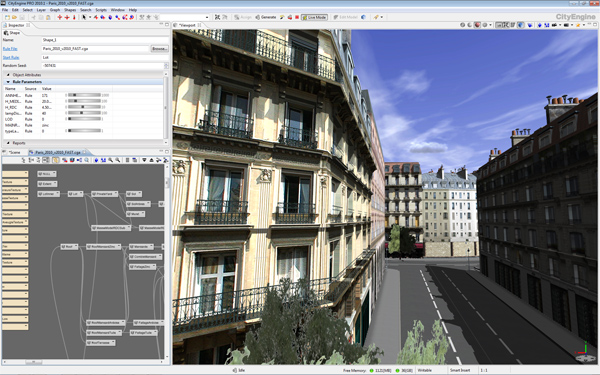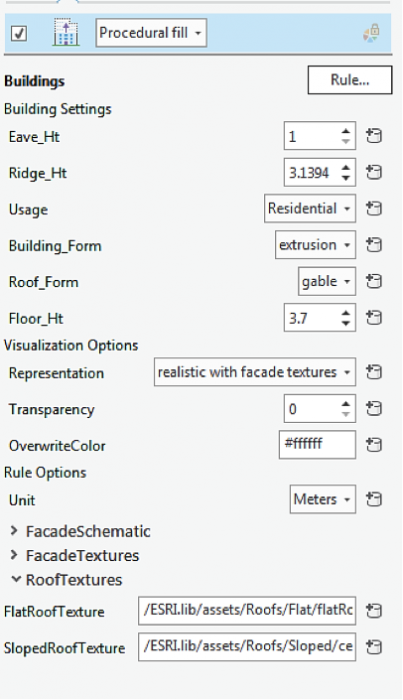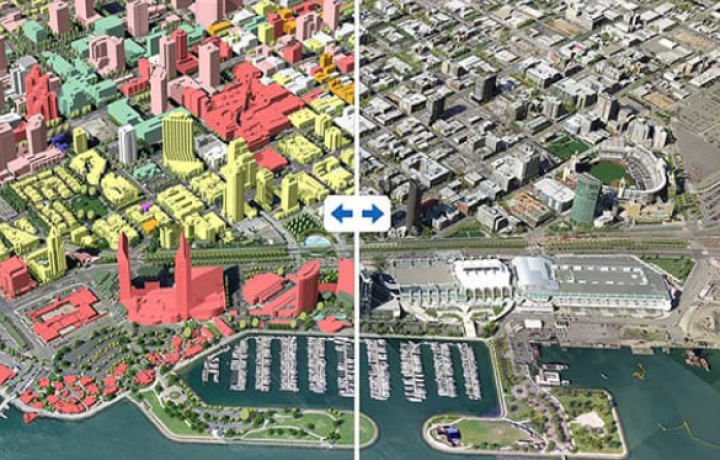
- CITYENGINE ROOF TEXTURE HOW TO
- CITYENGINE ROOF TEXTURE FULL
- CITYENGINE ROOF TEXTURE SOFTWARE
- CITYENGINE ROOF TEXTURE TRIAL
- CITYENGINE ROOF TEXTURE WINDOWS
New rule fileĪny name should be consistent with the specific meaning of the modelĪfter the creation, the file interface will pop up. The height of each point of the above model is different at the beginning, so set y to 0, so it is all buildings with height of 0, which looks like a plane.ĬGA rules are needed to build 3D models.
CITYENGINE ROOF TEXTURE FULL
The full name is computer generated architecture. Press and hold the right mouse button, and then move the mouse.Press and hold the mouse wheel and move the mouse again.Press and hold the left mouse button, and then move the mouse.After deleting, you can drag shp from the data to 3D View again. You can also right-click delete for the data in the Scene. In the data folder, you can right-click delete. Set the value of y to 0 in the Vertices of Inspector Right click the project to create a new sceneĬopy and paste shp and its associated data in other formats (Polygon layer is enough) and paste them into the data folder of the projectĭrag the building shp from the data folder to the 3D View interface, and it will be loaded automatically
CITYENGINE ROOF TEXTURE TRIAL

These are all fairly old and probably not state-of-the art anymore, but you can look up other, newer papers that cited them on Google Scholar. I'll list three relevant papers, if anyone is super-courious. Jos Stam is a good starting point for the more curious. For the water/tsunami, I'd wager a fluid simulation of some sort was used.
CITYENGINE ROOF TEXTURE SOFTWARE
While I cannot say what software was used for The Day After Tomorrow (2004), I know CityEngine was used for Independence Day: Resurgence (2016), as per this YouTube video, which contains more details. There are some more visual examples in CityEngine's documentation. Then, they'd instruct CityEngine to use a 3D model or a texture/image for each piece of the wall that was generated.
CITYENGINE ROOF TEXTURE WINDOWS
For each of them, the artist would write a further rule, for example to split each wall into floors, each floor into windows and non-windows, and so on, until they have the building's structure down. The rules would then ask CityEngine to split this cube into the roof and the vertical walls. For example, one would start with a building foot-print, which would get extruded to get a 3D object (say a cube).
CITYENGINE ROOF TEXTURE HOW TO
Manhattan grid or more unstructured, old European city center style, city radials/belt roads).īuildings are generated from a set of rules that tell CityEngine how to generate the structure/composition of your building. However, if an algorithm were to be used, it would typically start from a point and grow streets and major roads in one or more patterns (e.g. I'd say that for a movie, the city layout is typically hand-made, as the area covered and the shots don't warrant the use of an procedural algorithm.


The one piece of software that I know that can do this is CityEngine. For cities, the goal is to have the computer generate a city layout and a large number of buildings in a similar style or set of styles. The software packages available for these different domains differ, as do the controls and parameters available to the artist.īuildings and Cities. Typically, the process is called Procedural Modelling (you model something using a pre-defined algorithm/procedure). In a similar fashion, one can semi-automatically create and then manually adjust trees and plants, terrains, flowing water, buildings, cities, or other. Ideally, the artist retain the required artistic control while having the software do all of the hard work (imagine modelling thousands of hairs). a character's face would be modelled manually by an artist, but the hair will be generated semi-automatically, with the artist setting the hair density, type, and others, the modelling software then generating the hair, and the artist then in turn styling/brushing the hair as needed. Typically, you get a mixture of both approaches, e.g.

The 3D models can be modelled manually or (semi-)automatically. I'll only talk about the 3D models.ģD models. To get a computer generated frame for your movie, you need a 3D model of the scene you want to have and a piece of software that will visualize/"render" the scene. I'll add to BrettFromLA's answer, elaborating on how the virtual worlds, in this case cities and buildings, are made.


 0 kommentar(er)
0 kommentar(er)
